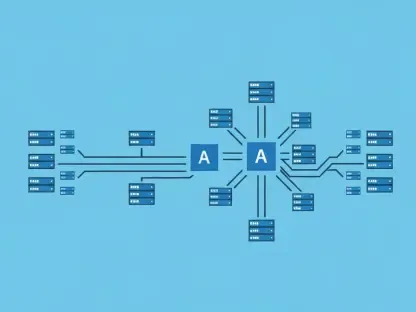In the ever-evolving landscape of technology, effective Software Asset Management (SAM) has emerged as a crucial discipline for organizations striving to maintain a competitive edge while optimizing operational costs. This article delves into the intricacies of such a specialized field by exploring common pitfalls in Software Asset Management and examining the strategies to circumvent them. The practices underscore their significance in preventing financial waste, ensuring compliance, and maintaining efficiency.
Early Challenges in SAM
Software Asset Management is fraught with numerous challenges that can hinder an organization’s performance. One prevalent issue is the lack of visibility and control over software assets. Without a centralized system, tracking and managing software licenses can become a daunting task, leading to overspending, underutilization, and non-compliance with licensing agreements.
Overspending and Underutilization
A major achievement in SAM is streamlining software expenditures. Organizations often fall into the trap of overspending due to redundant licenses and underutilization of existing software. This situation usually stems from inadequate inventory management and a lack of understanding of actual software usage. This can be rectified by conducting regular audits and using advanced tools to monitor software utilization efficiently.
Compliance Issues
Maintaining compliance with software licenses is another critical area where companies often falter. Non-compliance can result in hefty fines and legal repercussions. Ensuring compliance involves a detailed understanding of licensing terms, usage rights, and vendor-specific clauses. Organizations adept in SAM have established compliance protocols, incorporated detailed documentation, and regularly trained their staff on software license agreements.
Inefficiencies in Process and Policy
Another hindrance to effective SAM is poorly defined processes and policies. Without a standardized procedure, managing software assets becomes disjointed, leading to miscommunication and inefficiencies. Successful organizations have addressed this by developing robust SAM policies, integrating them with their overall IT governance framework, and ensuring all stakeholders are on the same page.
Technology and Toolset Limitations
The current status of SAM is marked by rapid advancements in technology and tools designed to facilitate better asset management. However, adopting these tools without proper integration can lead to more chaos. To avoid this pitfall, it is crucial to select SAM tools that align with the organization’s specific needs, ensure compatibility with existing systems, and provide comprehensive training to the users.
Training and Awareness
One unique trait of effective SAM practices is the emphasis on continuous learning and awareness. Often, the personnel involved in SAM lack the necessary training, which can result in mismanagement and errors. Leading organizations invest in educating their employees about the latest SAM best practices, software licensing intricacies, and the importance of adherence to established processes.
Conclusion
Reflecting on the landscape of Software Asset Management, it was essential to address these common pitfalls to harness its full potential. By improving visibility and control over software assets, managing expenditures, ensuring compliance, developing clear processes, integrating advanced tools effectively, and emphasizing continuous training, organizations could avoid the frequent downfalls associated with SAM.
For those eager to dive deeper, further resources on advanced SAM strategies and case studies from industry leaders were recommended, providing a clearer roadmap towards optimal software asset management.









